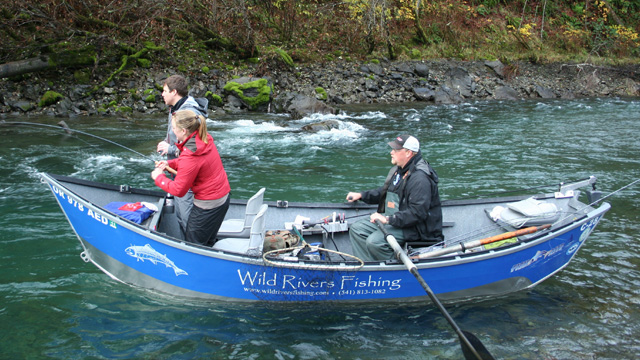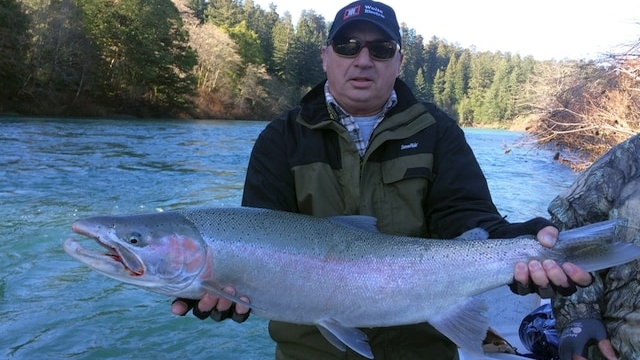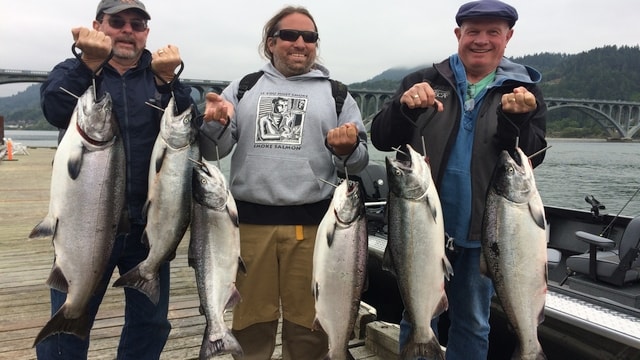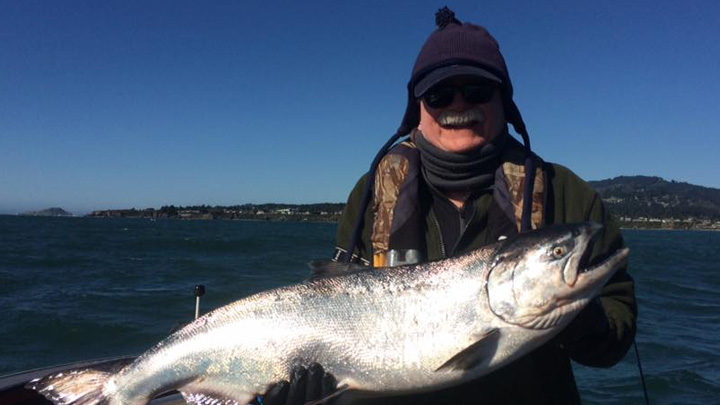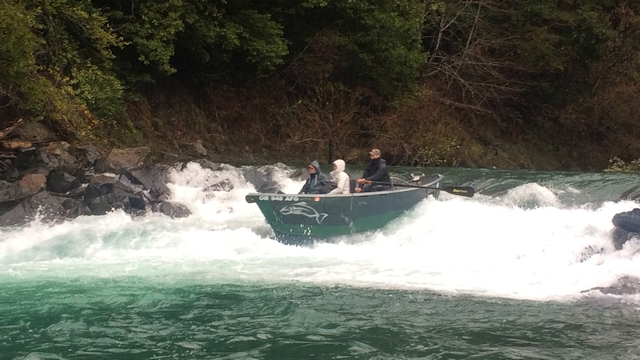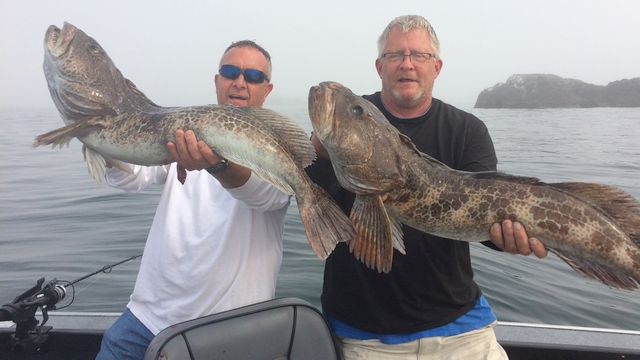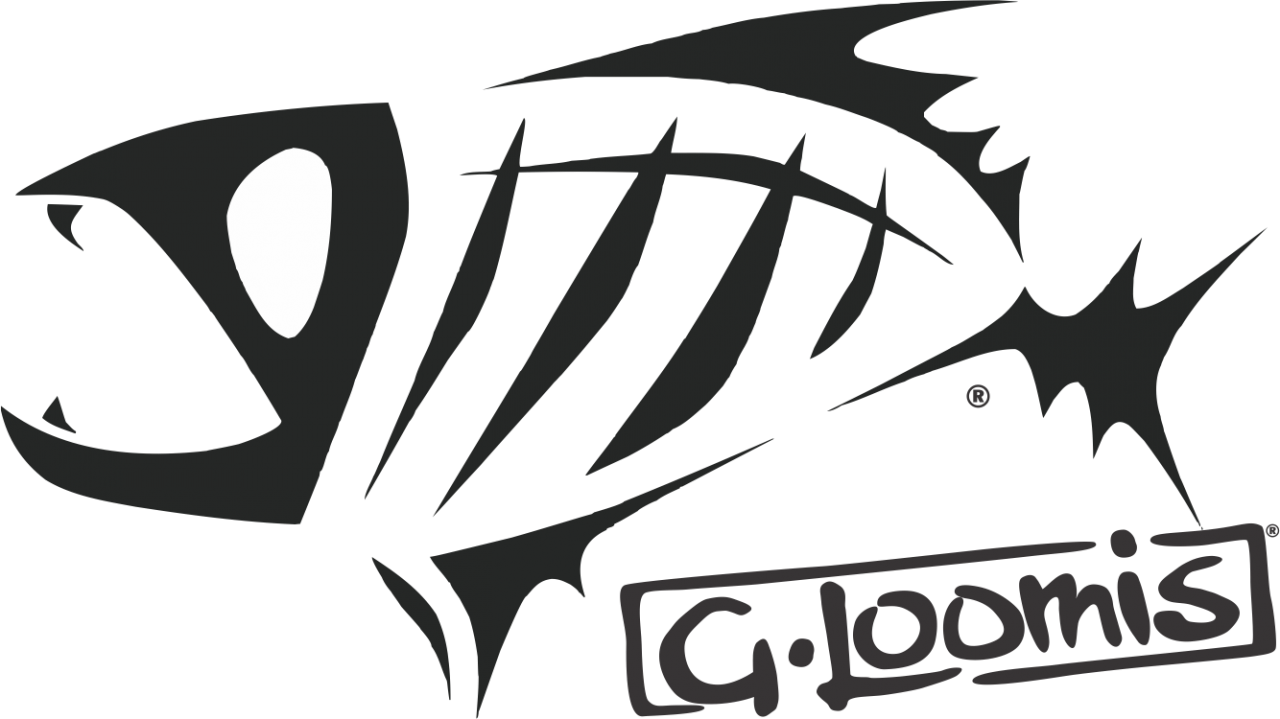10 Deer Hunting Tips From The Experts
This article appeared in the August 2008 issue of California Game & Fish
Veteran hunting guide Kirk Portocarrero pretty well sums up the difficultly of hunting trophy blacktails. “They call blacktails the gray ghosts, because they turn nocturnal on you,” says Portocarrero, who helps clients bag several big bucks each fall. “The come out the last few minutes of light and go back into the trees and brush before the sun comes up.”
Yet Portocarrero and other top blacktail hunters have learned the secrets to hunting the elusive deer, employing everything from extensive pre-season scouting, using weather conditions to their favor, hiding in tree stands and perfecting glassing techniques to enjoy success each fall. Here are 10 tips from some of the best blacktail hunters in the West that you can use to increase your chances of bagging a big buck this fall.
Scout ahead
Each fall, a handful of hunters emerge from the forests of western Washington, Oregon and California on opening day with a large buck while most hunters are lucky to just see a doe. For these successful hunters, their season began weeks or even months earlier, when they tediously scouted for deer and watched their patterns to know exactly where the biggest bucks would be on opening day.
“Your success rate is not going to be near as good if you don’t scout,” Portocarrero says. “Scouting is a huge, huge part of having better success. Without scouting, you are going to need a lot of luck.”
Guides will often begin scouting in June or July to see where the biggest bucks will be. They first look for tracks, droppings, game trails, watering holes and bedding areas. After they spot a buck or two, they will begin patterning the animals, seeing what their habits are.
Most blacktails have a small range. They often live their entire life within a few square miles, so chances of locating the same buck you’ve been watching all summer during deer season are good.
“Patterning them is the key,” Portocarrero says. “Pretty much blacktails will stay in the same pattern. You can watch a deer four or five days in a row, and count on him doing the same thing for probably five out of seven days.”
Portocarrero will watch when certain bucks emerge from the forest to feed, when and where they water, which game trails they use and where they bed down. He tries to avoid disturbing the deer, and finds several spots over the course of the summer where bucks are to develop his opening day strategy.
By August, hunters can also look for rubs on trees, a sure sign a big buck is in the area. “They will rub their antlers against the trees to remove the velvet,” Portocarrero says. “I’ll look for footprints, then trees with rub marks.”
Shed hunting
For longtime hunter Joey Godwin, the time to locate the biggest bucks begins shortly after winter waterfowl seasons end. Godwin spends several weekends in March and April exploring the forests of the Northwest looking for antler sheds. He knows the deer that dropped their antlers survived the hunting season and will be even bigger the upcoming fall. Once he locates a few sheds in a specific area, he will begin looking for the animals themselves to pattern their habits.
Gowdin’s garage is full of sheds. Some, found a few years apart, are nearly identical to each other.
By looking for the sheds of bigger bucks, Godwin knows if an area is worth the investment of extensive scouting when he finds the dropped rack of a large blacktail.
Hot, dry openers
Blacktail hunters often have to deal with bone-dry conditions during archery seasons and hot weather often continues to the rifle openers.
Hunting deer during dry weather is more challenging, as it’s extremely difficult to remain quiet in the woods and avoid spooking deer. Chances of finding a deer in the open during warm, dry weather also are slim.
“It it’s a dry opener, a warm, I would stay away from the large open clearcuts that are going to be south-facing and soaking up a lot of sun,” says Dave Nuzum, a wildlife biologist for the Oregon Department of Fish and Wildlife in Tillamook. “I would look for more activity along the north-facing slopes and creek draws.”
It’s important to get familiar with an area before hunting season to locate water holes, cooler creek beds and entry and exit points into the forest, Nuzum says. He suggests hunters get into a hunting area as early as possible, while it’s still dark, and then stay put, waiting for a buck to come by. Hunters risk alerting big bucks they are there by making noise while walking. Instead, hunters should find a good spot to glass openings and wait for the deer to show themselves.
Use tree stands
“Whitetail hunters have been using tree stands for years, but not many people use them for blacktails,” says Portocarrero. “Blacktail hunters will find they will have higher success if they use them. I like to get up into the trees and see what’s going on and where the deer are without them seeing me.”
Trail cameras, another tool used by whitetail hunters, is also in Portocarrero’s bag of tricks.
He places cameras through an area he likes to hunt and uses them while scouting, as well as during the general season.
He then places his tree stands where he sees the most activity.
“I use the double-man tree stands,” he says. “I do a lot of glassing from the tree stands.”
Aside from being able to get a better vantage point of deer, tree stands also help hunters remain hidden. Sitting in a tree stand for long periods of time is often more comfortable than hiding crouched down in the brush, unable to move because you risk making noise and spooking deer.
Unaware hunter assist
Many hunters simply drive on forest roads and road hunt for blacktails, hoping to see a buck standing in a clearing. While road hunters do take some deer each fall, especially at first and last light, they often unknowingly move deer around. Big bucks will retreat from areas of high pressure.
Hunters who hike away from roads, then dig in for an all-day wait are often rewarded when a big buck trying to get away from roads and other hunters coming by.
“In high-pressure areas, sit and wait and let people push the deer to you instead of walking around pushing the deer to them,” Portocarrero says.
Hunters waiting to ambush a deer have a few advantages. A buck trying to get away from a road or area with hunter activity will often be more concerned with what’s behind them than what’s ahead of them. They will stop, look back at the road where they heard a truck or car, then scurry forward.
Hunters lying in wait must conceal themselves, use scent blocks or position themselves downwind from a road or other area they hope to see deer move away from, and carefully listen for deer movement.
A pair of hunters can also ambush deer by having one hunter hide near a game trail and have another hunter try to drive deer toward the direction of the waiting hunter.
Prime time to hunt
Along with dry, warm openers, blacktail hunters often encounter stormy weather during the middle and latter part of the season. Heavy rain make it easier to walk through forested areas with deer, but chances are the biggest bucks will be hunkered down, trying to avoid the wet, cold weather.
Stuart Love, a veteran biologist who has spent much of his career in blacktail country, says deer tend to be a good indicator of looming bad weather. They’ll often be active just before a storm hits, and then as soon as it passes. The best time to find a blacktail buck is right before a heavy rain, or especially right after, Love says.
“During the heavy rain, deer tend to get inactive, but shortly after the rain or right before it starts, deer can get really active,” Love says. “Put more of your effort into the time just after the rain quits.”
Once the rain stops and the sun begins to come out, deer will emerge from the woods into openings to sun themselves, warm up and dry off.
Hunters will often find bucks on the edges of forested areas or in clearcuts or meadows after a heavy rain. They may be feeding, but most often they will lay down, alert but intent on drying off.
Other prime times to hunt are right before sunup and just before the sun sets.
Mid-day watering holes
During extremely hot days, blacktail bucks will often retreat back into the woods to bed down before sunup. Sometime during the day they will often emerge from a bedding area and go to a nearby watering hole.
“A lot of times I will see deer go get water in the middle of the day more of when they will in the morning or at night,” Portocarrero says. “They will feed more in the morning and then go get water in the heat of the day. I’ve had a lot of customers get deer between 1 and 3 when everybody else think’s it’s over.”
When hunting deer in hot weather, wait for them to move, don’t try to push or drive them, says expert hunter and guide Randy Wells.
In high-pressure areas, deer will tend to stay put during the day and wait until the evening to get water. Blacktails exposed to high pressure will often sit and wait until you are right next to them before they move, especially when it’s hot.
When watching over watering holes, it’s best to wait near remote, seldom hunted areas. If the deer know you are there, they likely won’t move, even if you try to drive them out. “Those deer are not going to get up,” Wells says. “They are rolling the dice that you aren’t going to see them. They can see you. They are conserving as much energy as they can because they know they can’t go as far as fast when it’s really hot out.”
Spot and stalk
Perhaps the most effective technique for finding blacktails, but also the technique that requires the most patience, is spotting and stalking them.
Successful hunters will sit in the same spot for hours, watching for movement. Preferably they will find deer moving from bedding to feeding areas, but sometimes they will come across a buck laying down for the day.
“You’ve got to have a lot of patience,” says Portocarrero. “You may be glassing the same area for hours.”
Buy the highest quality binoculars you can afford. The higher the quality of the glass, the easier the binoculars are on your eyes. To find deer, you will often have to scan the same area dozens of times, slowly looking for any sign of a deer.
“I always look for a horn or an ear twitching,” Portocarrero says. “I’ll see their horns moving in the trees. I look for the sheen of the horn or horn moving, or the sun reflecting off of a horn. I look for their ears twitching. Even when they are staying completely still, their ears will flop, especially when it’s hot and there are flies or bugs out.”
When Wells glasses an area, he sets up near a game trail where he’s seen sign, such as tracks or droppings. He want to locate a deer as it moves from a bedding are to where it is going to feed. He’ll often spend half a day glassing a single hillside if he knows there are deer in the area. He usually find a buck when it gets up to move.
“It’s a whole lot easier to spot them when they are moving than it is when they are bedded down,” Wells says. “It’s easier to watch them go bed down then to find them already bedded down.”
The time of the month will have a role in deer movement, as will clear skies versus cloudy, dark skies. “If it’s a full moon, they are eating all night and are going to try to bed down before the midday heat,” Wells says. “If there’s no moon, then they are bedded down at night and at first daybreak you are going to see them get up to feed.”
Hunters may have a longer window of spotting deer moving around when there is no moon, Wells points out.
Portocarrero carries an 80 mm spotting scope into the field and a pair of 15x56 binoculars. When clients are with him, each person will concentrate on a specific area, trying to locate a buck hunkering down for the day or moving to and from feeding areas or watering holes.
Late season tactics
Even in areas with minimal pressure, Portocarrero says it’s important not to disturb bedding areas unless it’s the only place to get a shot. Once the areas are disturbed, the deer will break their pattern and move to a new area.
Hunters walking through the bedding areas and gunshots are two factors that will push blacktails to a new area.
But late in the season, Portocarrero will try to drive deer away from the bedding areas.
As the rut approaches, bucks will also respond to noises in the woods. Wearing camouflage, hunters can slowly walk through the woods, frequently stopping, changing the pace of their walk, and only taking a few steps at a time, mimicking the movement of a deer. Bucks will sometimes respond, checking to see if a doe is approaching, or to drive off another buck in its territory.
Deciding where to hunt
When Wells hunts a new area, he compared a topo map with a BLM or Forest Service map, looking for a pair of ridges with some road access. “The first thing I do is look at the topographical map, trying to find areas where the logging roads don’t take over the entire hillside,” Wells says. “When they go over the face of a hillside, but not clear over the top, I will find two hills that are side by side with a deep draw into a drainage. When I get to the top of one of the hills, I’ll glass the other hillside and pattern the deer.”
Wells will scout for a few days, seeing where the deer move to, then use the map and GPS to get closer to the trails the deer are using while it’s still dark to set up to hunt. “A lot of times I don’t glass and hunt the same day,” Wells says. “I glass to find them, then set up where they are the next day after I’ve patterned them.”
In selecting the area, Wells says it’s important to be able to hunt close enough to a road to get a buck out
after you shoot it. Sometimes hunters will have to cut the buck up in the field and pack the meat out.
